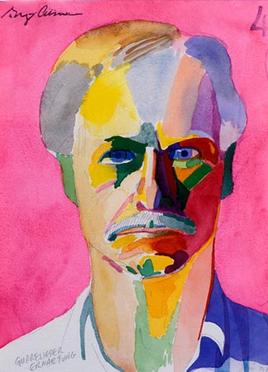
Greg Curnoe was a Canadian painter known for his role in the Canadian art movement labeled London Regionalism, which, beginning in the 1960s, made London, Ontario, an important centre for artistic production in Canada. While his oeuvre chronicled his daily experience in a variety of media, it was grounded in twentieth-century art movements, especially Dada, with its emphasis on nihilism and anarchism, Canadian politics, and popular culture. He is remembered for brightly coloured works that often incorporate text to support his strong Canadian patriotism, sometimes expressed as anti-Americanism, as well as his activism in support of Canadian artists.
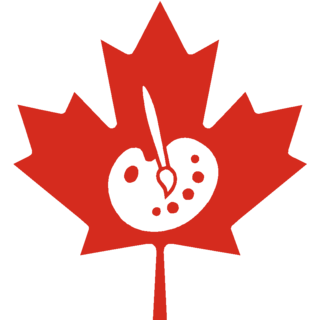
The Beaver Hall Group refers to a Montreal-based group of Canadian painters who met in the late 1910s while studying art at a school run by the Art Association of Montreal. The Group is notable for its equal inclusion of men and women artists, as well as for its embrace of Jazz Age modernism. They painted a variety of subjects, including portraits, landscapes, urban scenes and still lifes, in a mix of Modernist and traditional styles.

John Richard Chambers was an artist and filmmaker. Born in London, Ontario, Chambers' painting style shifted from surrealist-influenced to photo-realist-influenced. He used the term "Perceptual Realism" and later "perceptualism" to describe his style. He began working with film in the 1960s, completing six by 1970. Stan Brakhage proclaimed Chambers' The Hart of London as "one of the greatest films ever made."
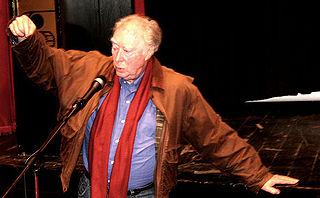
Michael James Aleck Snow was a Canadian artist who worked in a range of media including film, installation, sculpture, photography, and music. His best-known films are Wavelength (1967) and La Région Centrale (1971), with the former regarded as a milestone in avant-garde cinema.
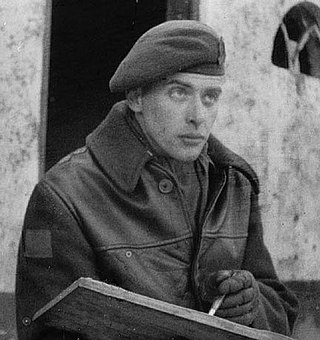
David Alexander Colville, LL. D. was a Canadian painter and printmaker.

Paterson Ewen was a Canadian painter. Ewen was a founding member of the Non-figurative artist's association of Montréal, along with Claude Tousignant, Jean-Paul Mousseau, Guido Molinari, and Marcel Barbeau. He moved to London, Ontario in the late 1960s where London Regionalism was championed by Jack Chambers and Greg Curnoe. It was in London that Ewen developed the gouged-plywood style that would become his hallmark.
Murray Favro is a Canadian sculptor who lives in London, Ontario. His work that includes drawing, sculpture, performance and installation, often incorporating slide and film projections, lighting effects, computer and electronic technology. He is associated with London Regionalism.
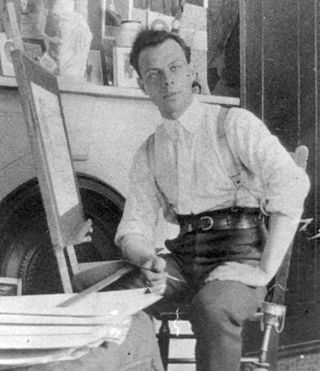
David Milne was a Canadian painter, printmaker, and writer. He was profoundly different from most of his Canadian art contemporaries, especially Tom Thomson and the Group of Seven. He is sometimes referred to as the Master of Absence and known for his ability to reduce a painting to its bare essentials.

Painters Eleven was a group of abstract artists active in Canada between 1953 and 1960. They are associated with the Abstract Expressionist movement.
James Williamson Galloway Macdonald, commonly known in his professional life as Jock Macdonald, was a member of Painters Eleven, whose goal was to promote abstract art in Canada. Macdonald was a trailblazer in Canadian art from the 1930s to 1960. He was the first painter to exhibit abstract art in Vancouver, and throughout his life he championed Canadian avant-garde artists at home and abroad. His career path reflected the times: despite his commitment to his artistic practice, he earned his living as a teacher, becoming a mentor to several generations of artists.
Perceptual art is a form of art that can trace its roots to the art history concepts of perceptualism as well as to twentieth century inventions of conceptual art and performance art.
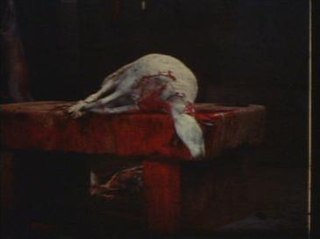
The Hart of London is a 1970 experimental Canadian film directed by Jack Chambers. Stan Brakhage proclaimed it as "one of the greatest films ever made". The film is shown in black and white and colour, and includes found news footage from 1954, film shot by the artist years earlier in Spain, and film shot by the artist in London, Ontario.

Canadian art refers to the visual as well as plastic arts originating from the geographical area of contemporary Canada. Art in Canada is marked by thousands of years of habitation by Indigenous peoples followed by waves of immigration which included artists of European origins and subsequently by artists with heritage from countries all around the world. The nature of Canadian art reflects these diverse origins, as artists have taken their traditions and adapted these influences to reflect the reality of their lives in Canada.
Jin-Me Yoon is a South Korean-born internationally active Canadian artist, who immigrated to Canada at the age of eight. She is a contemporary visual artist, utilizing performance, photography and video to explore themes of identity as it relates to citizenship, culture, ethnicity, gender, history, nationhood and sexuality.

Anthony Morse Urquhart, LL.D. was a Canadian painter. He was recognized in the late 1950s and early 1960s as one of Canada's pioneering abstractionists, having been variously linked with the Toronto painters associated with The Isaacs Gallery and The Heart of London group that included Jack Chambers, Greg Curnoe and Murray Favro.

Rudolf Bikkers, RCA was a Canadian painter, printmaker, educator and entrepreneur. Bikkers had 23 solo shows and participated in 20 group shows in Canada, the United States, Europe, South Africa, China, Japan and Russia.
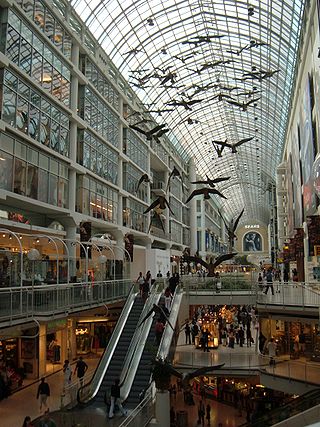
Flight Stop, also titled Flightstop, is a 1979 site-specific art work by Canadian artist Michael Snow. Located in the Toronto Eaton Centre in the downtown core of Toronto, Ontario, Canada, the work hangs from the ceiling and appears to depict sixty Canada geese in flight. Each individual goose is made of Styrofoam covered in fibreglass and covered in a sheath made from photographs taken from a single goose. The flock is frozen in mid-flight, "flight stop" being a pun on the nature of still photography. When conceived in 1977, the work was titled Flight Stop but has frequently also been titled Flightstop. The work remains an iconic public art piece in Toronto and in many ways stands as a visual identity for the mall.
Canadian Impressionism is a subclass of Impressionist art which had its origin in French Impressionism. Guy Wildenstein of the Wildenstein Institute in Paris states in the foreword of A.K. Prakash's Impressionism in Canada: A Journey of Rediscovery that Canadian impressionism consists of "the Canadian artists who gleaned much from the French but, in their improvisations, managed to transmute what they learned into an art reflecting the aesthetic concerns of their compatriots and the times in which they lived and worked". The early Canadian Impressionist painters belong in the "Group of who?" as coined by James Adams of The Globe and Mail.
John Boyle is a Canadian painter known for his use of subjects drawn from his own specific life experience and from Canadian history. He was a part of the London Regional art movement.
Ron Martin is a Canadian abstract painter. His way of generating his paintings by conceptually defined strategies differs from modernist abstraction, which seeks to enhance an artist's special aesthetic genius and craft skills. Martin works in series.









